How do we care for a living world heritage site? Not merely by admiring it, but by deeply understanding it, this is exactly what the participants of this program aimed to do.
Yogyakarta, a city rich in cultural heritage, once again captured international attention. The city’s Cosmological Axis and its surrounding historic landmarks are key elements recognized by UNESCO. In an effort to strengthen conservation efforts and deepen understanding of this heritage, the UGM-UNESCO Chair in Heritage Cities Conservation and Management, in collaboration with the Yogyakarta Municipality Government, Kanki Laboratory, and the Jogja Heritage Society, held the 2nd International Field School on the Cosmological Axis of Yogyakarta and Its Historic Landmarks: Conservation and Management of the Buffer Zones. The five-day field school, held from 14 to 18 July 2025, took place in multiple key locations: the Department of Architecture and Planning, Faculty of Engineering, Universitas Gadjah Mada; Yogyakarta Municipality Office; four subdistricts (Kadipaten, Patehan, Panembahan, and Ngupasan) within the buffer zone; and various points along the Cosmological Axis of Yogyakarta.
This international non-formal education program aimed to deepen participants’ understanding of the importance of conserving and managing the buffer zone of The Cosmological Axis of Yogyakarta and Its Historic Landmarks. Participants came from both local and international institutions, including graduate students from UGM and Kyoto University, and were directly involved in field-based case study projects. At the end of this activity, participants are expected to understanding of the potential and unique values of the buffer zone, including the setting and culture systems, living culture, heritage buildings, traditional building architecture, and other urban environmental components while also honing practical skills in applying conservation methods, concepts, and management strategies to real-world contexts. The program also provided a platform to experienced researching urban conservation, focusing on heritage areas where the cosmological axis landmarks are located.
The program was facilitated by leading professionals across disciplines, including Prof. Kiyoko Kanki and Asst. Prof. Yohei Kiyoyama (Kanki Laboratory), Prof. Wihana Kirana Jaya (Faculty of Economics and Business UGM), Prof. Bakti Setiawan (Department of Architecture and Planning UGM), Assoc. Prof. Laretna T. Adishakti and Assoc. Prof. Dwita Hadi Rahmi (UGM-UNESCO Chair), and Dr. Danang Yuli Saksono (Regional Development Planning Agency, Yogyakarta). On the first day, a series of classes on historic city management and conservation were held at Yogyakarta Municipality Office, consisting of five expert-led sessions running from 09:00 to 16:30 WIB.
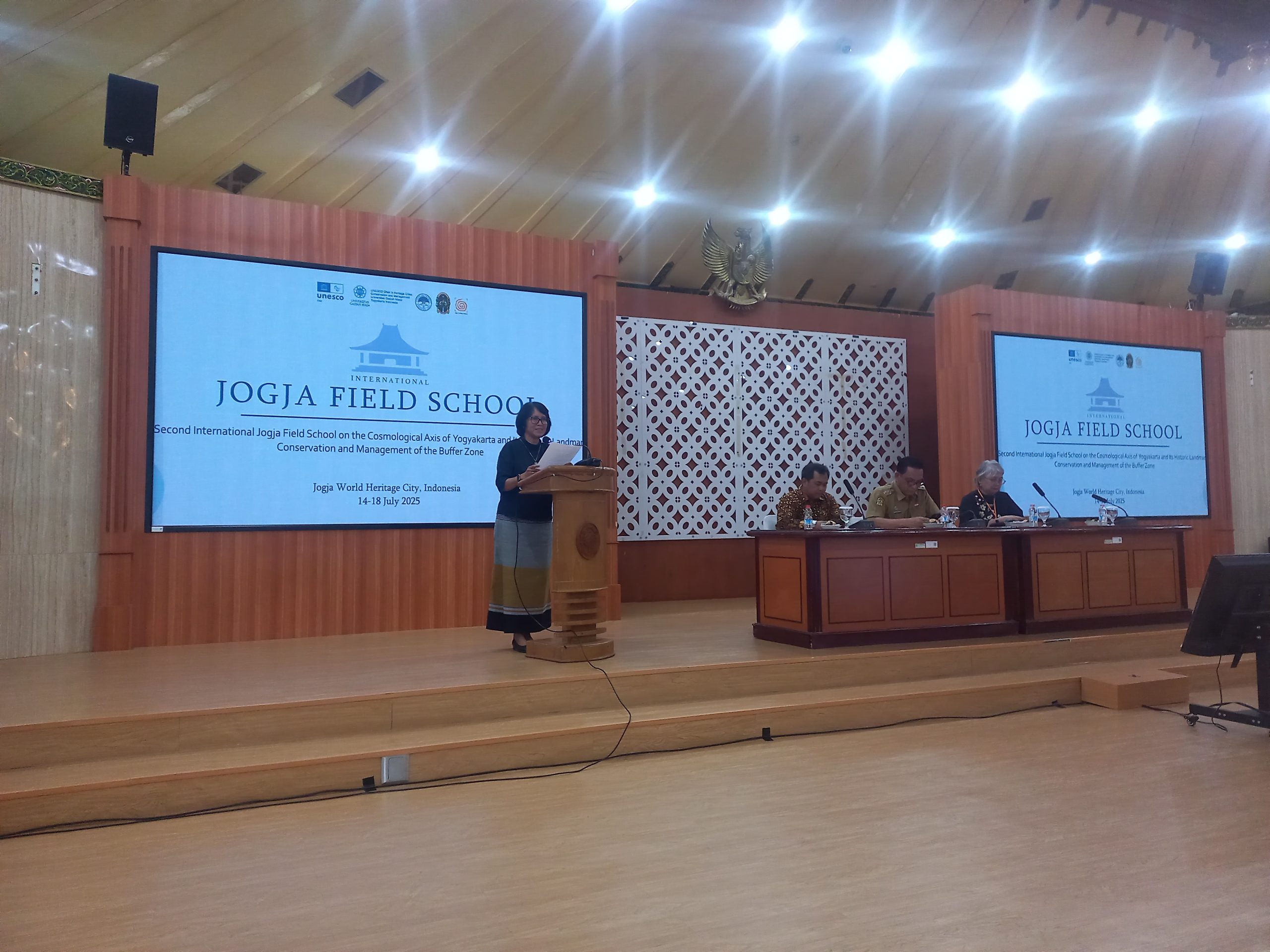
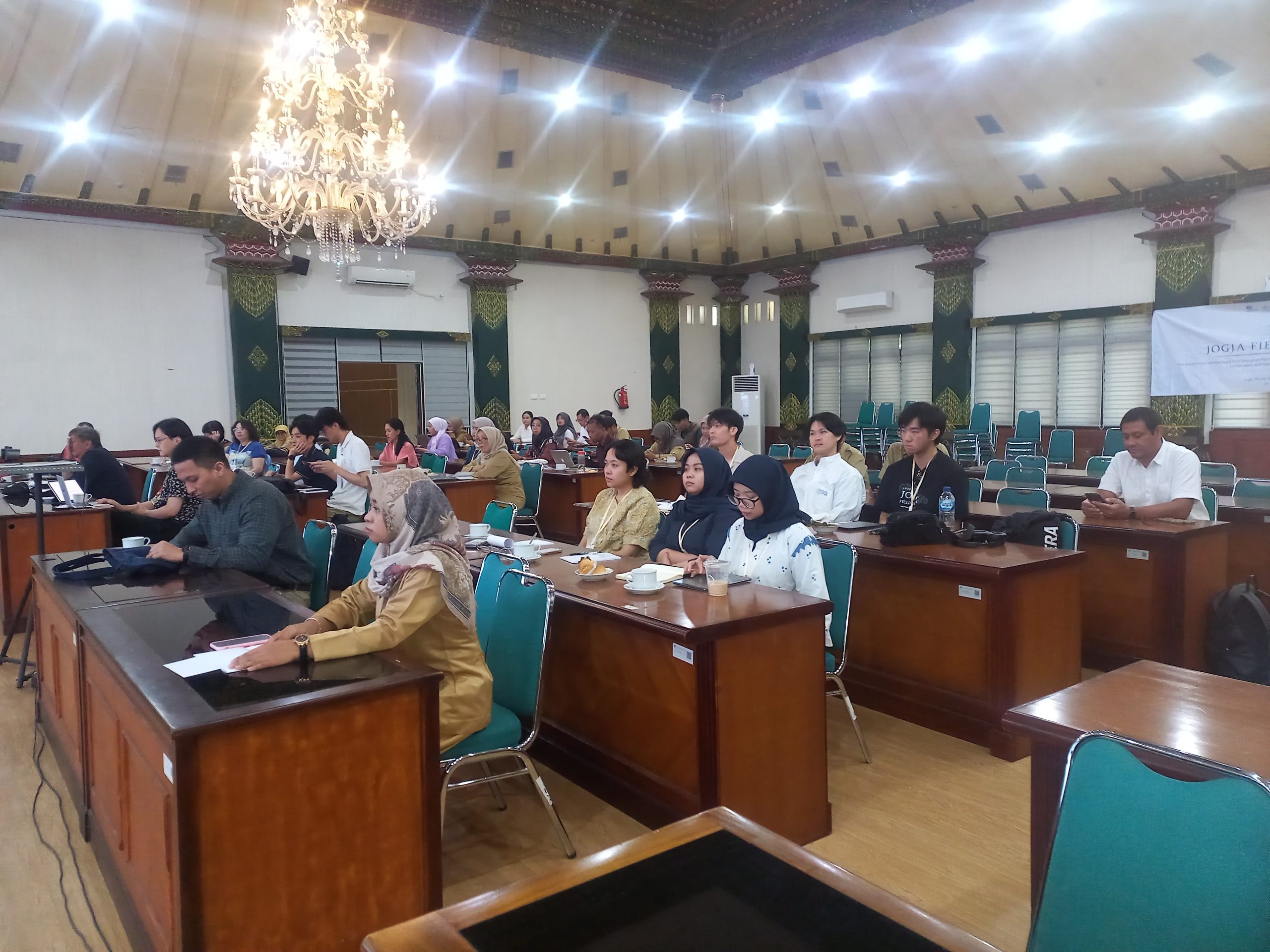
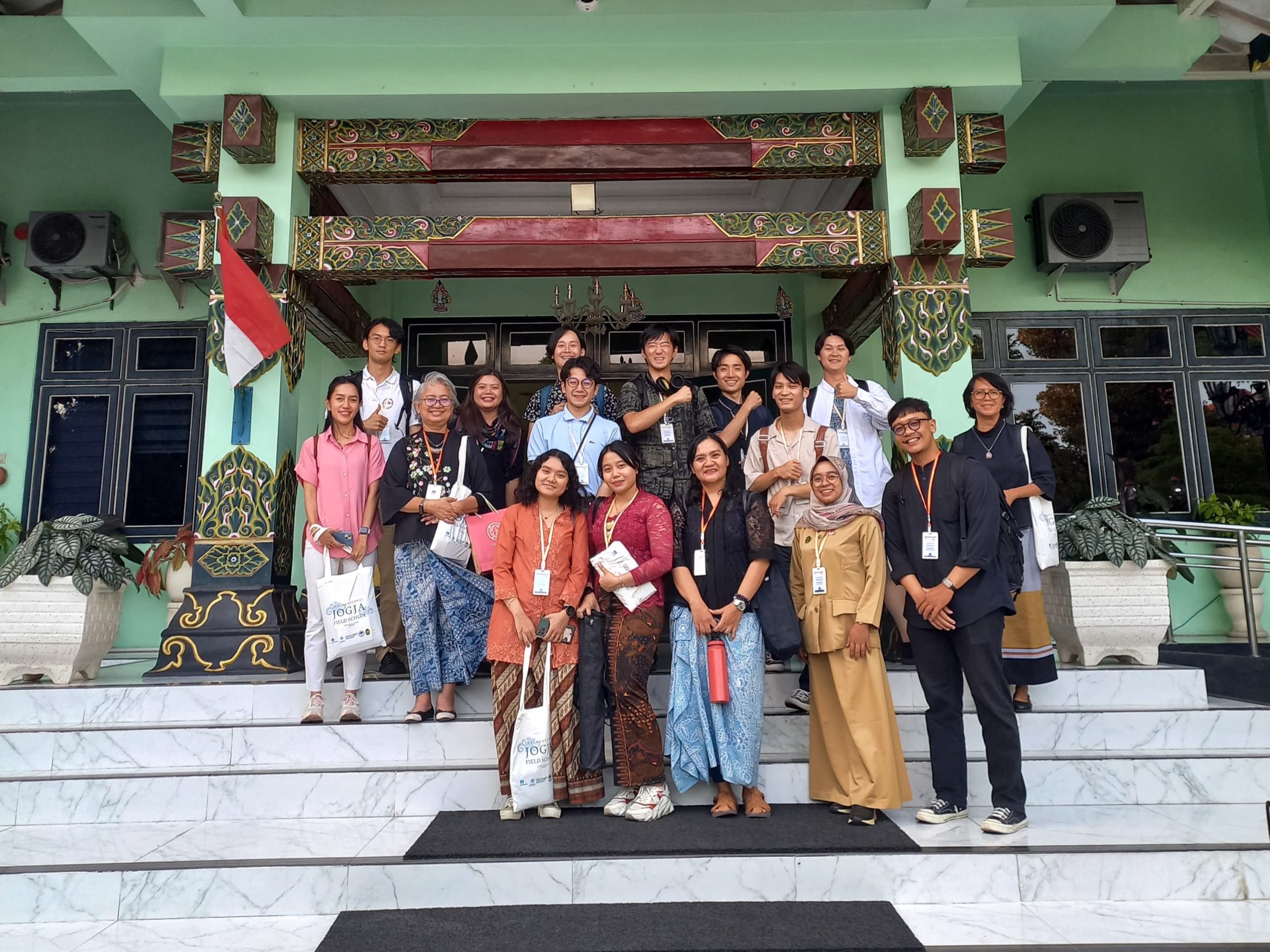
The second day continued with four additional sessions at the Department of Architecture and Planning, UGM, from 08:00 to 16:15 WIB. In addition to lectures, group tasks were assigned in each session. The day concluded with an optional visit to ArtJog 2025 at Jogja National Museum.
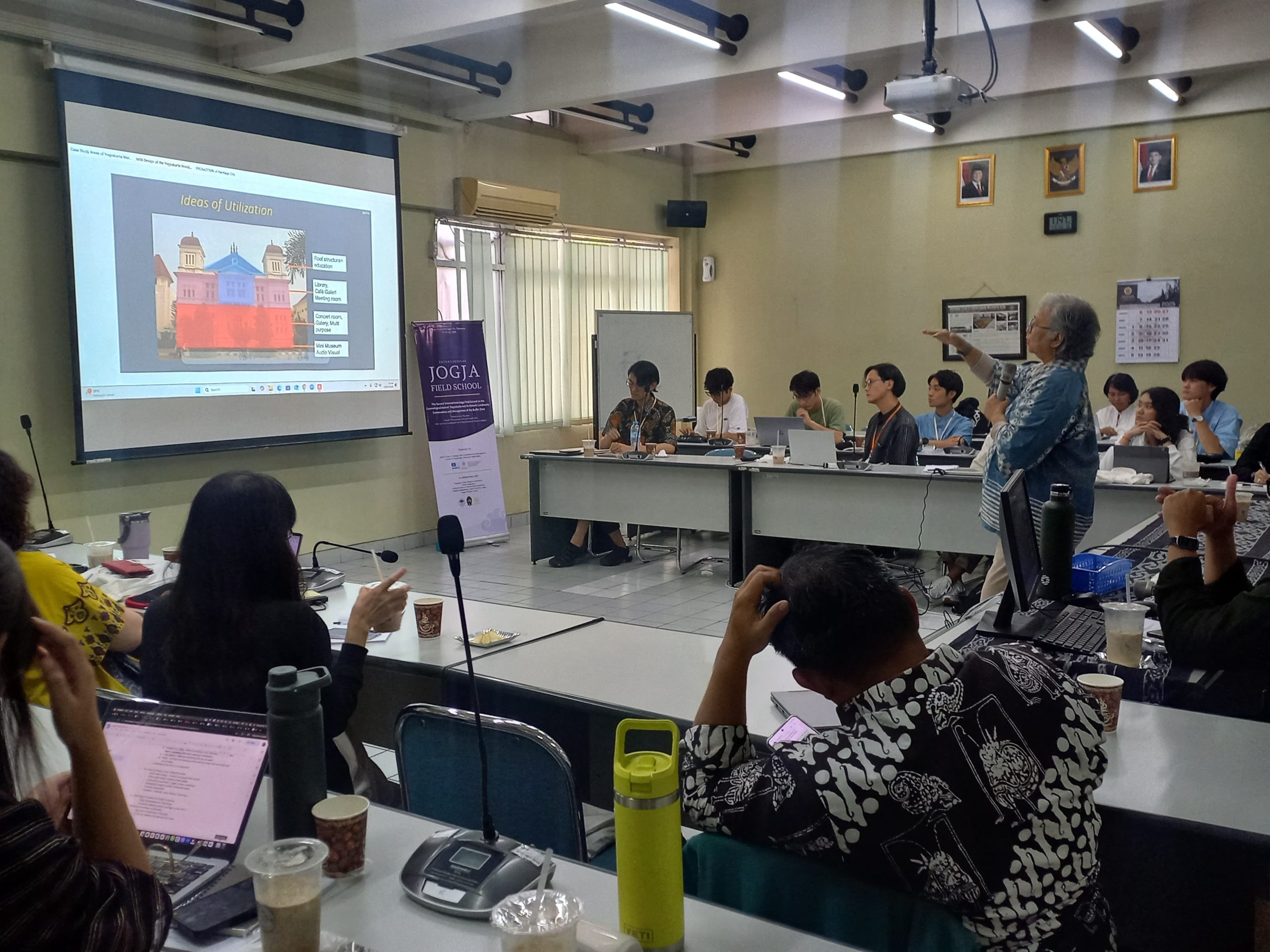
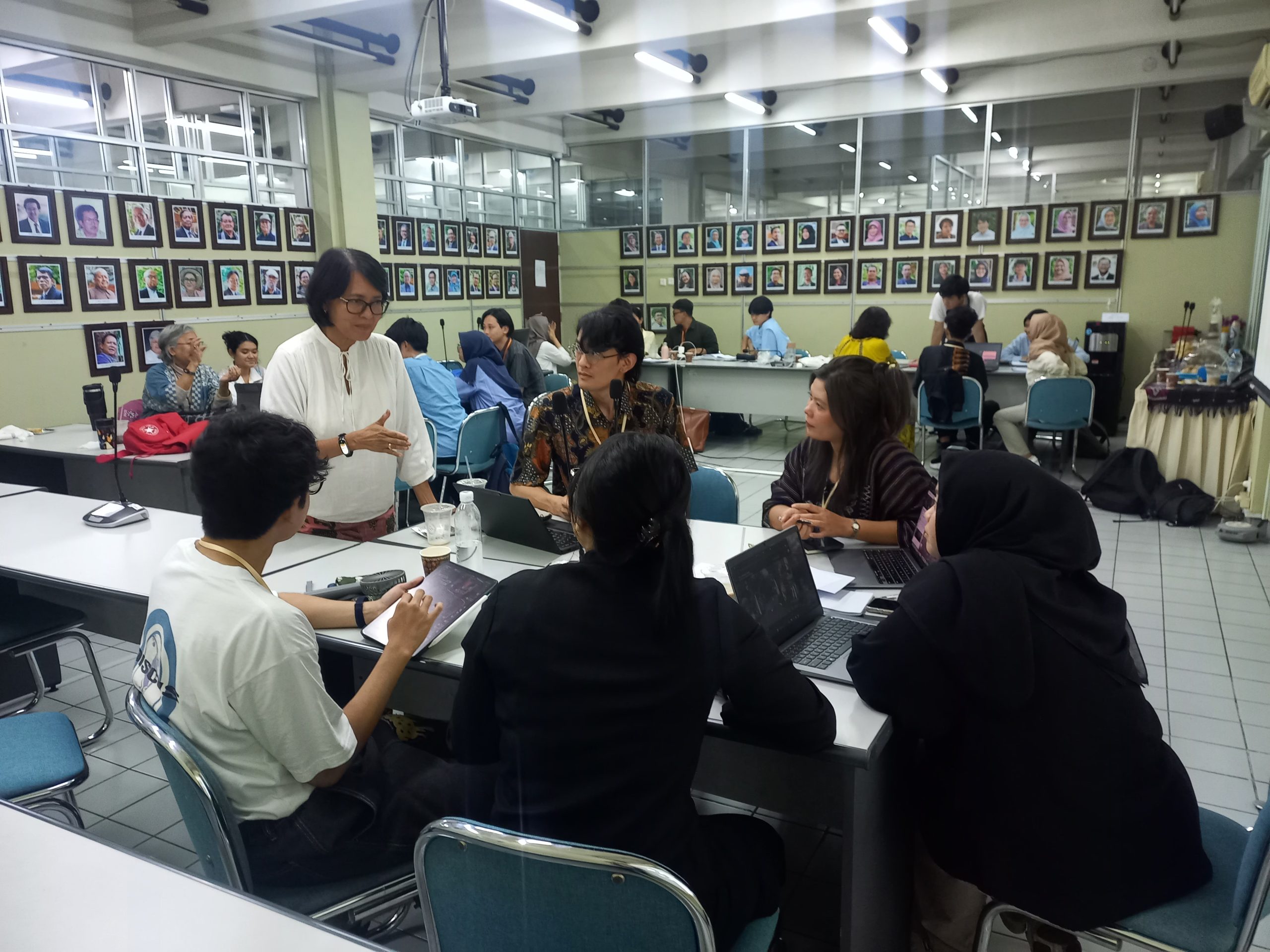
The third day shifted from classroom learning to fieldwork. Led by Prof. Bakti Setiawan, Ph.D., participants explored heritage neighborhoods within the buffer zone, walking from Tugu Monument to Ketandan Chinatown, while engaging in interactive discussions and project work based on actual case studies.
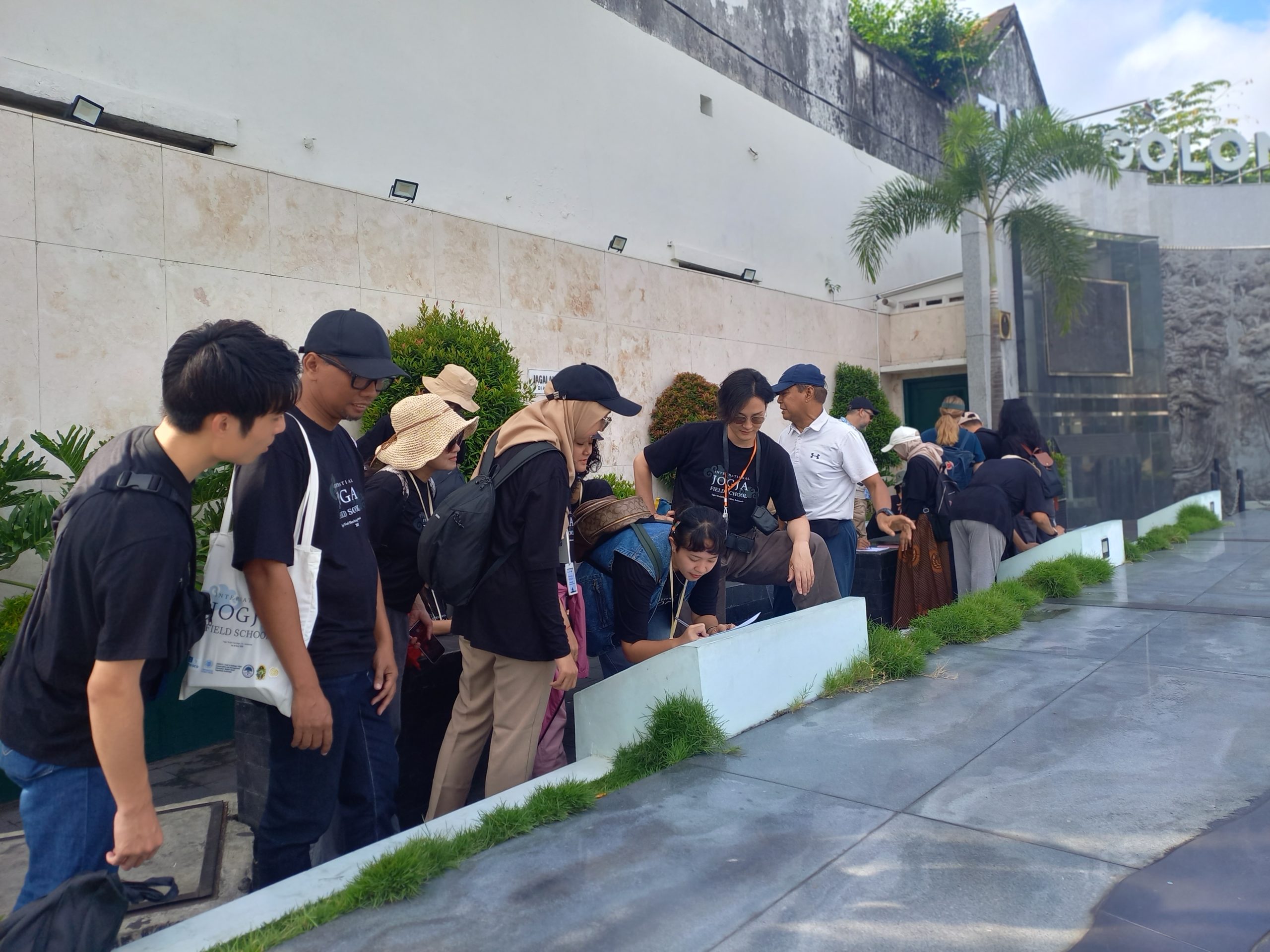
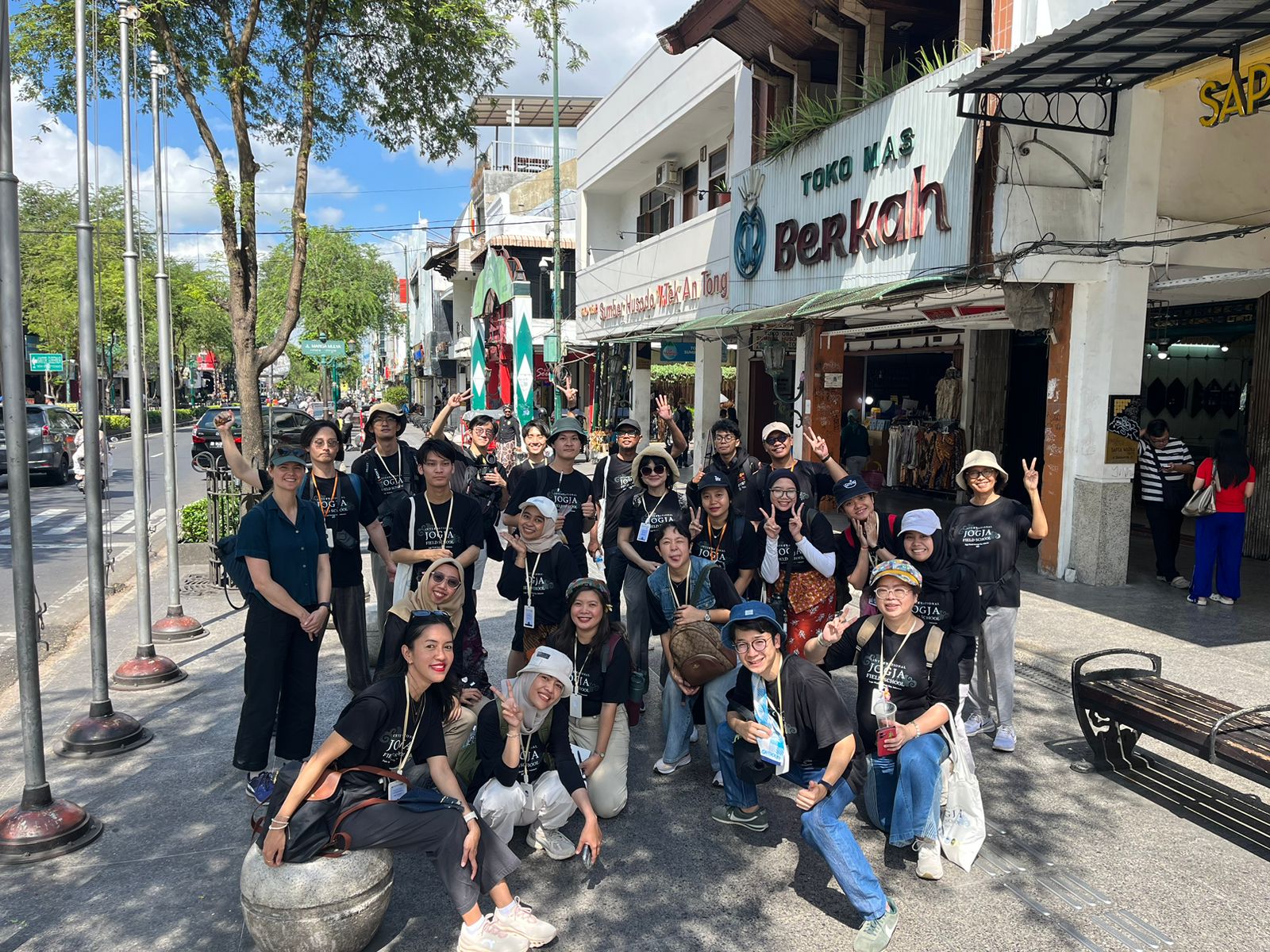
On the fourth day, participants returned to their designated case study sites with assigned facilitators to continue field research. The program culminated on Friday, 18 July 2025, with each group presenting their findings and proposals. Throughout the week, participants demonstrated consistent enthusiasm and excitement.
This field school not only brought together academics and professionals across borders but also emphasized the urgency of preserving cultural heritage within the dynamic context of urban life. Through existing collaborations, this program provides an understanding of how heritage cities can remain vibrant, inclusive, and resilient for future generations. Contribution to the Sustainable Development Goals (SDGs) described as follows:
- SDG 4 – Quality Education: through interdisciplinary and international experiential learning based on real-world case studies of urban heritage conservation;
- SDG 11 – Sustainable Cities and Communities: by addressing strategies for the preservation and integrated planning of historic city zones and cultural landmarks;
- SDG 16 – Peace, Justice, and Strong Institutions: by promoting participatory governance in cultural heritage management across sectors; and
- SDG 17 – Partnerships for the Goals: via collaboration among universities, local governments, international research labs, and community-based organizations.
Reported by Rindi Dwi Cahyati
